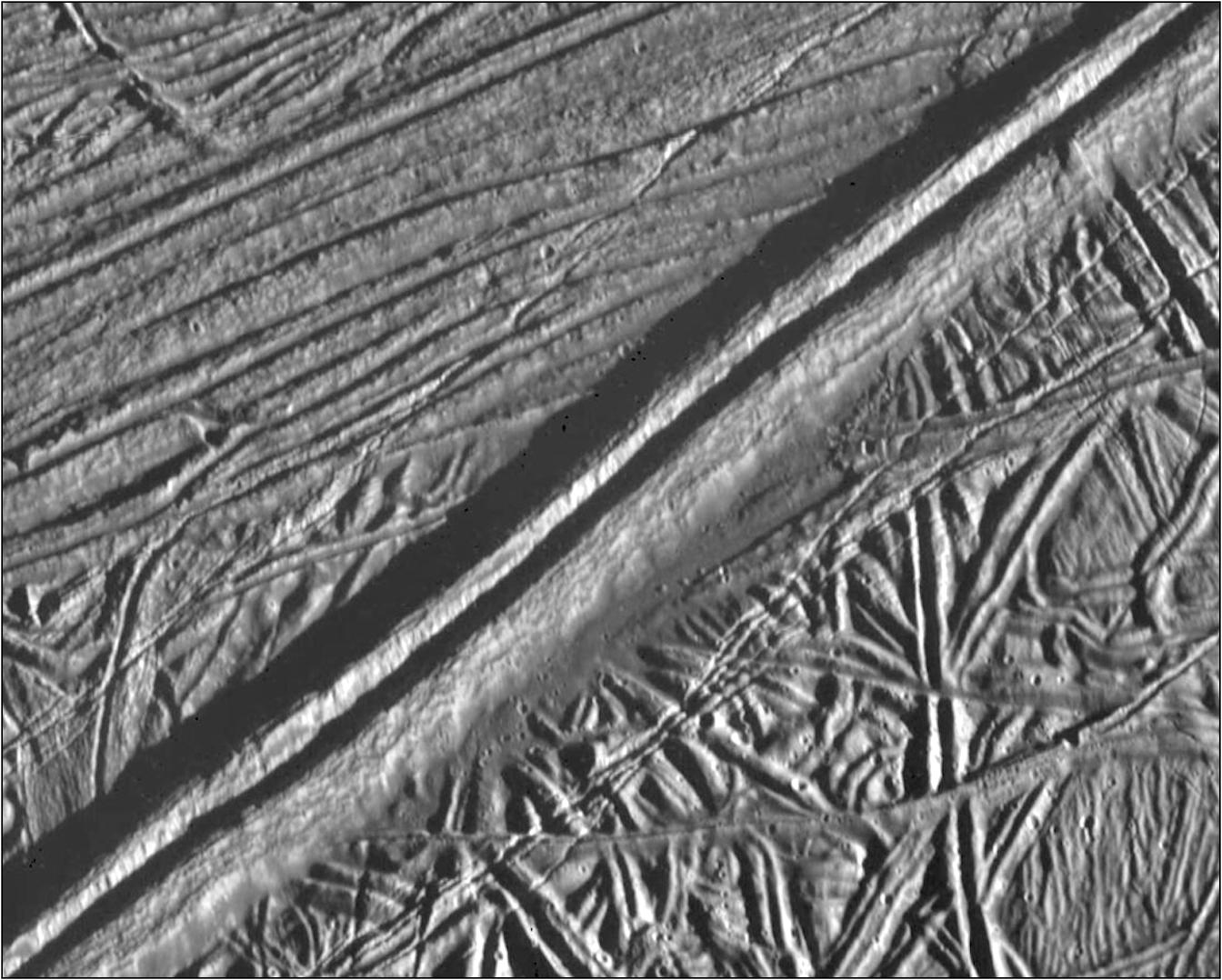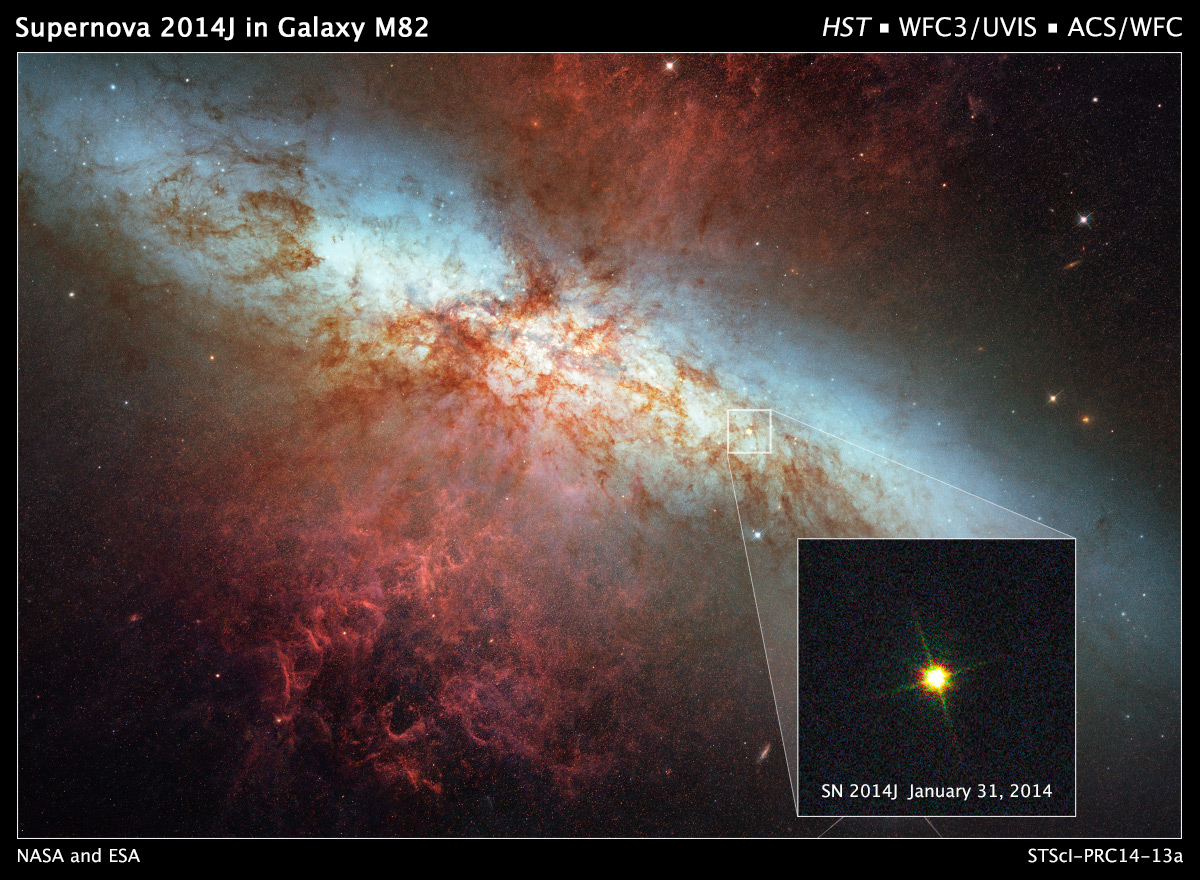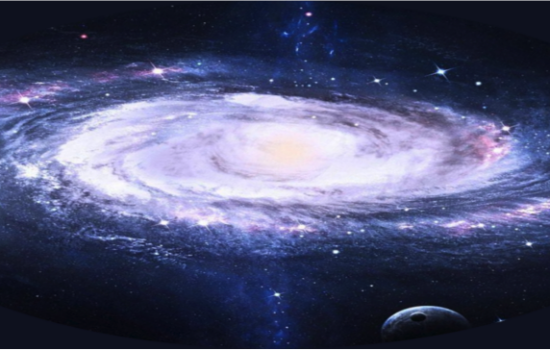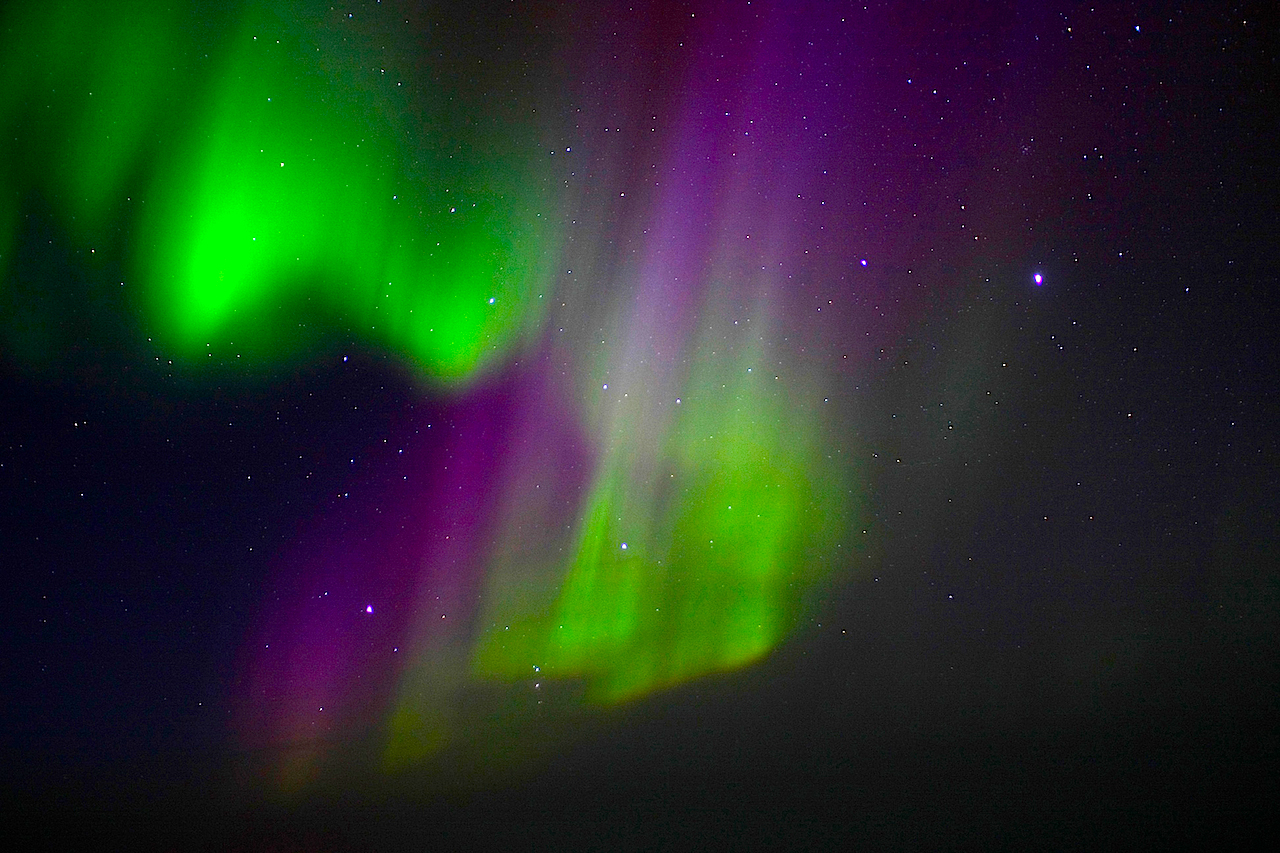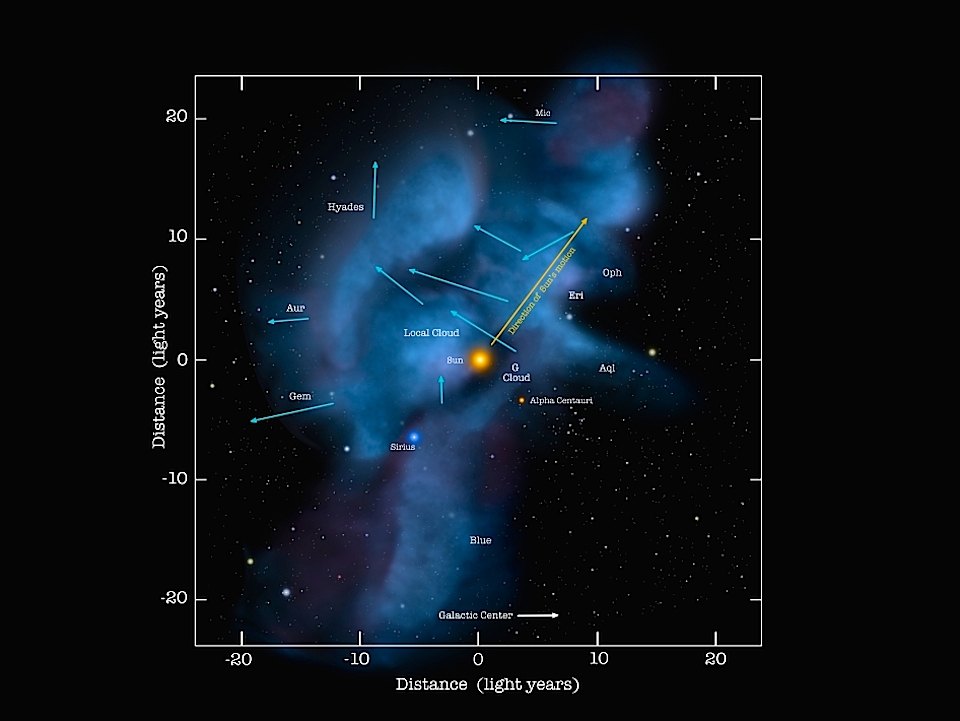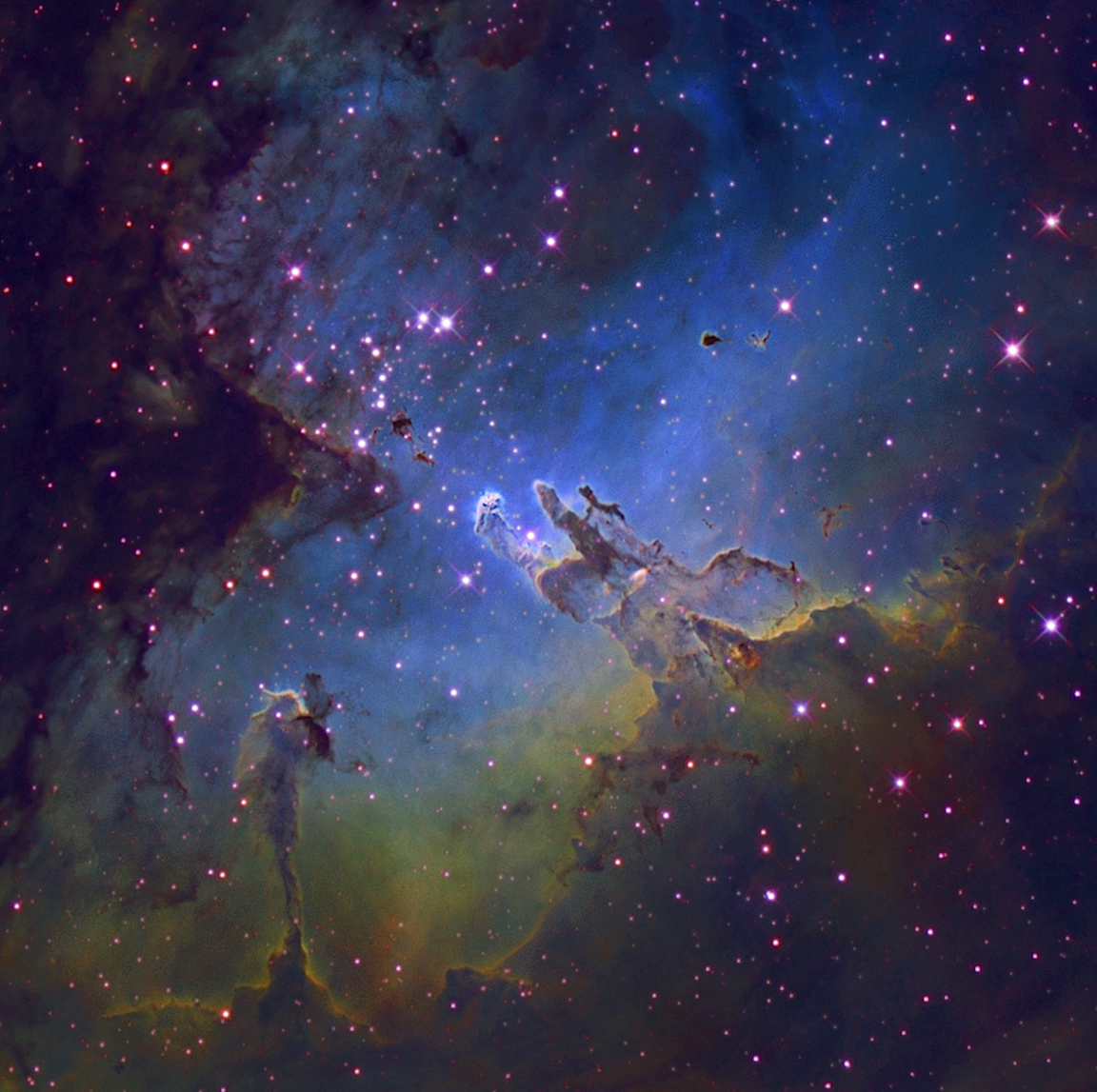Jet Setters
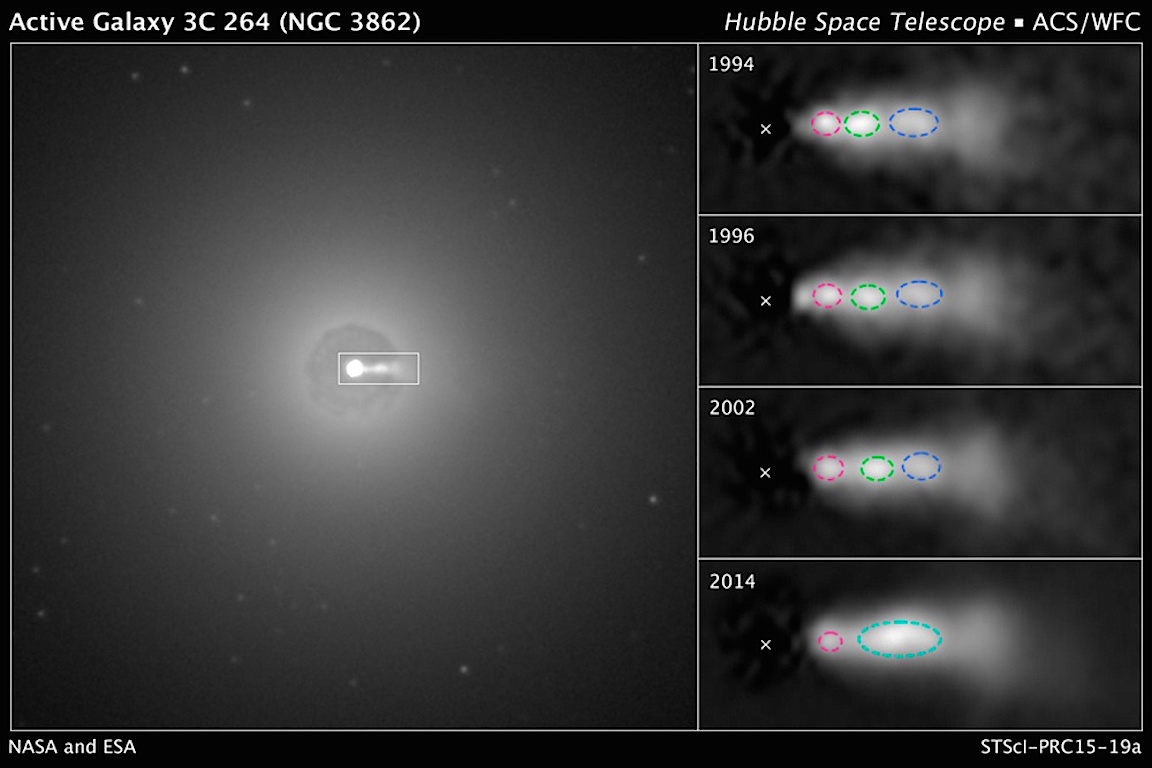
Original Post June 5, 2015 What force creates energetic beams that span distances measured in light-years? What confines them into narrow jets? Explaining the jets of ionized particles and X-rays often seen erupting from various galaxies and quasars ranks as one of the most difficult tasks facing modern astronomers….





